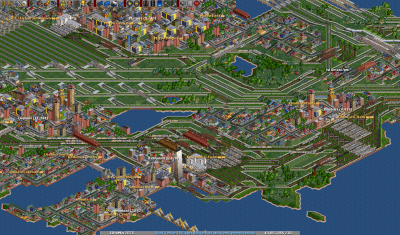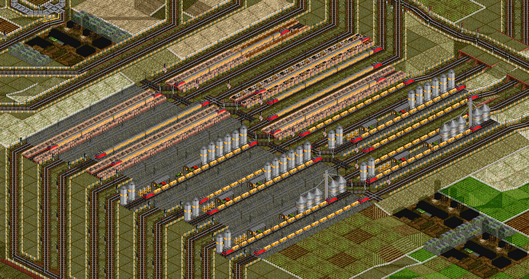When it comes to improving station rating, often the focus is on changing or extending the network and tuning the signaling to the needs or adding additional trains to single stations while the orders of trains are often overlooked and plain default orders like “GoTo A, full load”, “GoTo B, unload” are only given. This article will show a set of more complex orders which offer a solution to comparatively easy network management while it “only” requires a usual efficient two-way track layout all the same.
The current PublicServer game #151, is a multi-region map where different regions are connected by ICE trains (or rather Shinkansens in this case) but the local s-bahn is subject to individual design.

Read the rest of this entry »

